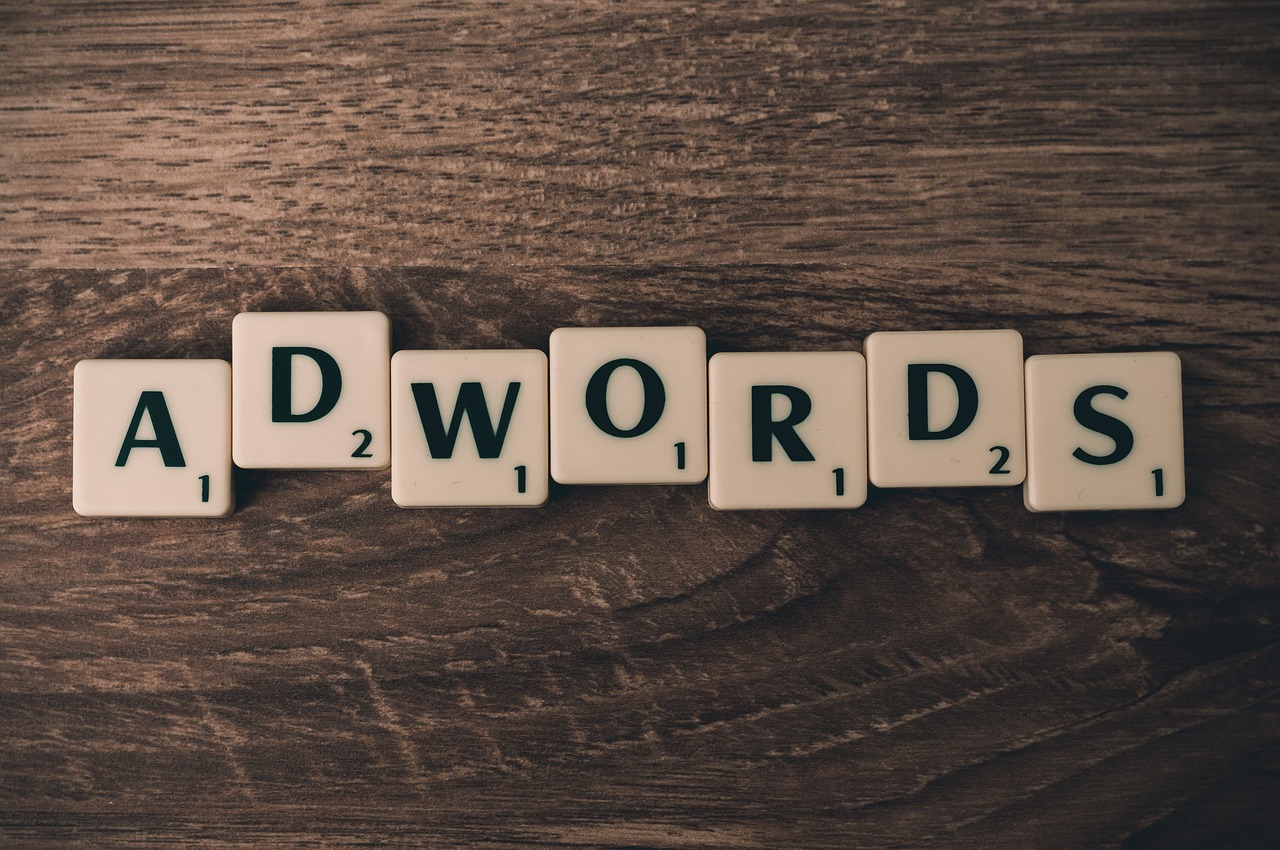Retaining existing customers is significantly more cost-effective than acquiring new ones. Focusing on customer retention strategies not only boosts your bottom line but also fosters brand loyalty and strengthens your market position. Let’s delve into the world of customer retention and explore actionable strategies to keep your customers coming back for more.
Understanding Customer Retention: The Foundation for Growth
What is Customer Retention?
Customer retention refers to a company’s ability to keep its existing customers engaged and satisfied, leading them to continue purchasing products or services over time. It’s a measure of how well a business builds and maintains relationships with its customer base. High customer retention indicates that customers are happy with the brand experience and find value in their interactions.
- Key metrics to track retention: Customer retention rate, churn rate, customer lifetime value (CLTV).
- Example: A SaaS company measures retention by the percentage of customers who renew their monthly or annual subscriptions. A retail store tracks repeat purchases over a specific period.
Why is Customer Retention Important?
Investing in customer retention yields significant benefits compared to solely focusing on acquisition. Consider these compelling reasons:
- Increased Profitability: Retained customers are more likely to make repeat purchases and spend more over time. Studies show that increasing customer retention rates by just 5% can increase profits by 25% to 95% (Bain & Company).
- Reduced Marketing Costs: Acquiring new customers is significantly more expensive than retaining existing ones. Focusing on retention allows you to optimize marketing spend and allocate resources more efficiently.
- Brand Advocacy: Happy, retained customers often become brand advocates, spreading positive word-of-mouth and attracting new customers organically.
- Valuable Feedback: Loyal customers are more likely to provide valuable feedback, helping you improve your products, services, and overall customer experience.
- Predictable Revenue Stream: A strong customer retention rate provides a more predictable and stable revenue stream, making it easier to forecast future growth.
The Customer Retention Rate Formula
Calculating your customer retention rate (CRR) is essential to understanding your performance and identifying areas for improvement. Use the following formula:
CRR = [(E-N)/S] 100
- E = Number of customers at the end of a period
- N = Number of new customers acquired during the period
- S = Number of customers at the start of the period
- Example: A company started with 200 customers, acquired 50 new customers, and ended with 230 customers. Their CRR is [(230-50)/200] 100 = 90%.
Strategies to Enhance Customer Retention
Personalization and Customer Experience
Personalization is no longer a luxury but a necessity. Customers expect tailored experiences that cater to their individual needs and preferences.
- Personalized Communication: Use data to segment your customer base and deliver personalized emails, offers, and product recommendations. For example, sending birthday discounts or curated product suggestions based on past purchases.
- Proactive Customer Service: Anticipate customer needs and address potential issues before they escalate. Use tools like chatbots or predictive analytics to identify at-risk customers and offer timely support.
- Tailored Product Recommendations: Leverage purchase history and browsing behavior to recommend relevant products or services. Amazon’s “Customers who bought this item also bought” feature is a prime example.
- Personalized Onboarding: For new customers, offer personalized onboarding experiences that guide them through the product or service and address any initial questions or concerns.
Building a Loyalty Program
Loyalty programs reward customers for their continued business, fostering a sense of appreciation and encouraging repeat purchases.
- Tiered Rewards: Offer different levels of rewards based on customer spending or engagement. For instance, a basic tier might offer discounts, while a higher tier could provide exclusive access to products or events.
- Points-Based System: Award points for purchases, referrals, or other actions, which can be redeemed for discounts, free products, or other perks.
- Exclusive Offers: Provide loyalty program members with exclusive discounts, promotions, and early access to new products or services.
- Gamification: Incorporate gamification elements, such as badges or leaderboards, to make the loyalty program more engaging and fun. Starbucks Rewards is a well-known example of a successful loyalty program.
Exceptional Customer Service
Providing exceptional customer service is crucial for building customer loyalty and retention.
- Multiple Support Channels: Offer support through various channels, including email, phone, live chat, and social media, to cater to different customer preferences.
- Fast Response Times: Respond to customer inquiries and issues promptly. Aim for response times within minutes for live chat and social media, and within hours for email.
- Empowered Agents: Empower customer service agents to resolve issues quickly and effectively, without unnecessary bureaucracy or escalation.
- Proactive Communication: Keep customers informed about order status, shipping updates, and any potential delays.
- Collect and Act on Feedback: Actively solicit customer feedback and use it to improve your products, services, and customer service processes.
Consistent Brand Experience
A consistent brand experience across all touchpoints builds trust and reinforces customer loyalty.
- Brand Guidelines: Develop and enforce clear brand guidelines that cover all aspects of your visual identity, messaging, and customer interactions.
- Consistent Tone of Voice: Maintain a consistent tone of voice across all communication channels, reflecting your brand personality and values.
- Seamless Omnichannel Experience: Ensure a seamless customer experience across all channels, allowing customers to easily switch between them without losing context.
- Employee Training: Train employees to consistently deliver a positive and on-brand customer experience.
- Monitor and Measure: Regularly monitor and measure customer feedback and brand perception to identify areas for improvement.
Utilizing Technology for Customer Retention
CRM Systems
Customer Relationship Management (CRM) systems are indispensable tools for managing customer interactions and data, enabling personalized experiences and targeted retention efforts.
- Centralized Data: CRM systems consolidate customer data from various sources, providing a 360-degree view of each customer.
- Segmentation and Targeting: CRM systems allow you to segment your customer base based on demographics, purchase history, behavior, and other factors, enabling targeted marketing and communication.
- Automation: CRM systems automate tasks such as email marketing, lead nurturing, and customer service follow-up, freeing up your team to focus on more strategic initiatives.
- Reporting and Analytics: CRM systems provide valuable insights into customer behavior, retention rates, and other key metrics, helping you track progress and identify areas for improvement.
- Popular CRM Tools: Salesforce, HubSpot CRM, Zoho CRM.
Email Marketing Platforms
Email marketing remains a powerful tool for engaging with customers and driving retention.
- Personalized Emails: Use email marketing platforms to send personalized emails based on customer data and behavior.
- Automated Email Sequences: Set up automated email sequences to nurture leads, onboard new customers, and re-engage inactive customers.
- Segmentation: Segment your email list to send targeted messages to specific groups of customers.
- A/B Testing: Use A/B testing to optimize your email subject lines, content, and calls to action.
- Examples: Welcome emails, abandoned cart emails, post-purchase surveys, and exclusive offers for loyal customers.
- Popular platforms: Mailchimp, Klaviyo, Constant Contact.
Customer Feedback Tools
Gathering and acting on customer feedback is essential for improving your products, services, and overall customer experience.
- Surveys: Use surveys to gather feedback on specific aspects of your business, such as product quality, customer service, or website usability.
- Feedback Forms: Embed feedback forms on your website or app to allow customers to easily submit suggestions or report issues.
- Social Media Monitoring: Monitor social media channels for mentions of your brand and respond to customer feedback or complaints.
- Review Platforms: Encourage customers to leave reviews on platforms like Google, Yelp, and Trustpilot.
- Analytics: Analyze customer feedback to identify trends and areas for improvement.
Measuring and Analyzing Customer Retention
Key Performance Indicators (KPIs)
Tracking the right KPIs is crucial for understanding your customer retention performance and identifying areas for improvement.
- Customer Retention Rate (CRR): As discussed earlier, this is the percentage of customers who remain with your business over a specific period.
- Churn Rate: The percentage of customers who stop doing business with you over a specific period. It’s the inverse of the retention rate.
- Customer Lifetime Value (CLTV): The total revenue you expect to generate from a single customer over their entire relationship with your business.
- Customer Acquisition Cost (CAC): The cost of acquiring a new customer. Comparing CAC to CLTV helps you assess the profitability of your customer acquisition efforts.
- Net Promoter Score (NPS): A metric that measures customer loyalty and willingness to recommend your business to others.
Analyzing Data to Identify Trends
Analyzing your customer retention data helps you identify trends, understand customer behavior, and make informed decisions to improve your retention strategies.
- Cohort Analysis: Group customers based on their acquisition date and track their behavior over time to identify trends and patterns.
- Churn Analysis: Investigate the reasons why customers are churning and identify common pain points.
- Customer Segmentation: Segment your customer base based on various factors and analyze the retention rates of each segment.
- A/B Testing:* Continuously test different retention strategies and analyze the results to identify what works best for your customers.
Conclusion
Customer retention is not merely a tactic but a philosophy. By focusing on building meaningful relationships, providing exceptional experiences, and continuously improving based on customer feedback, you can cultivate a loyal customer base that drives sustainable growth. Embrace these strategies, track your progress, and adapt to the evolving needs of your customers. Investing in customer retention is an investment in the long-term success of your business.




